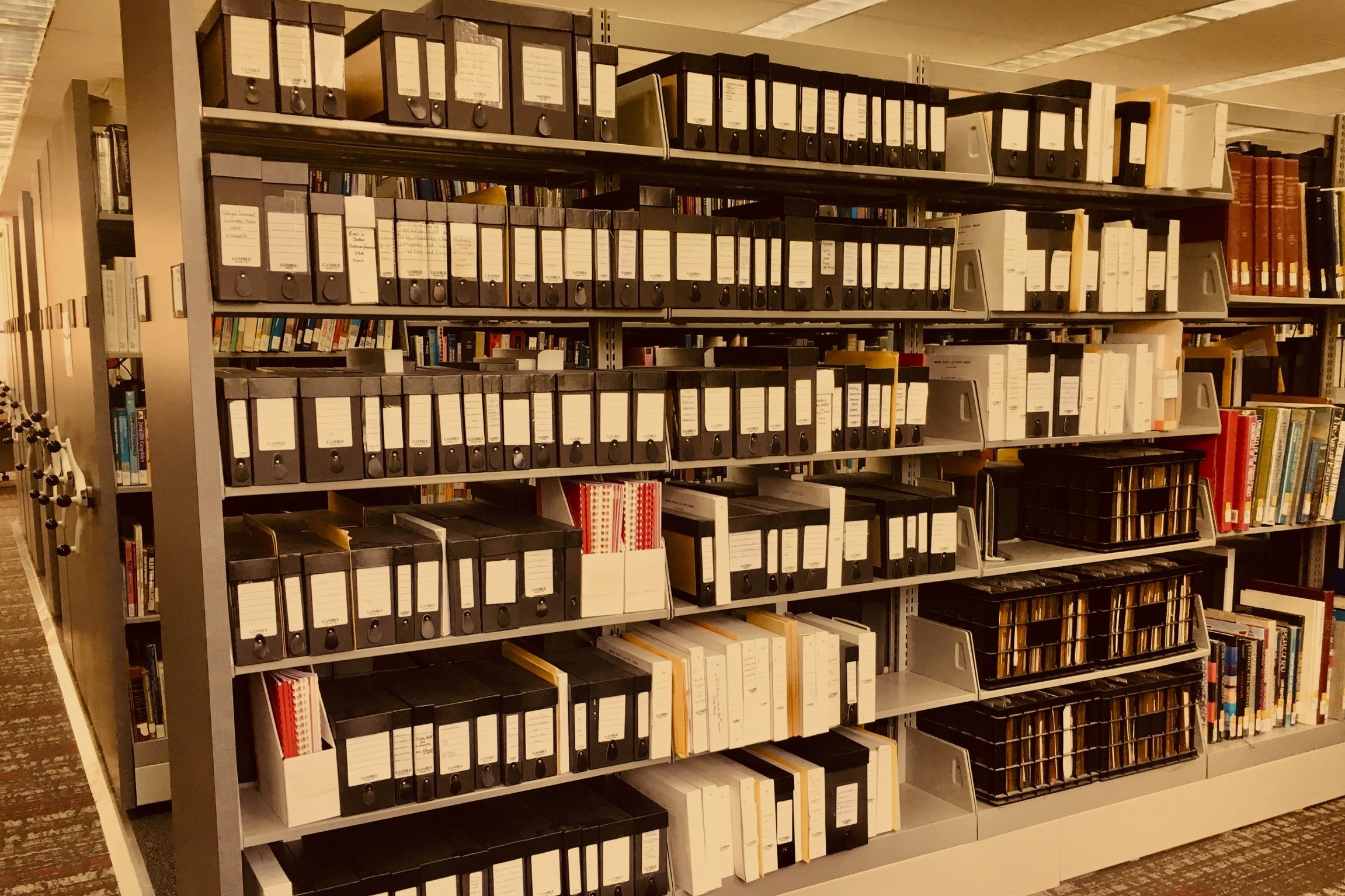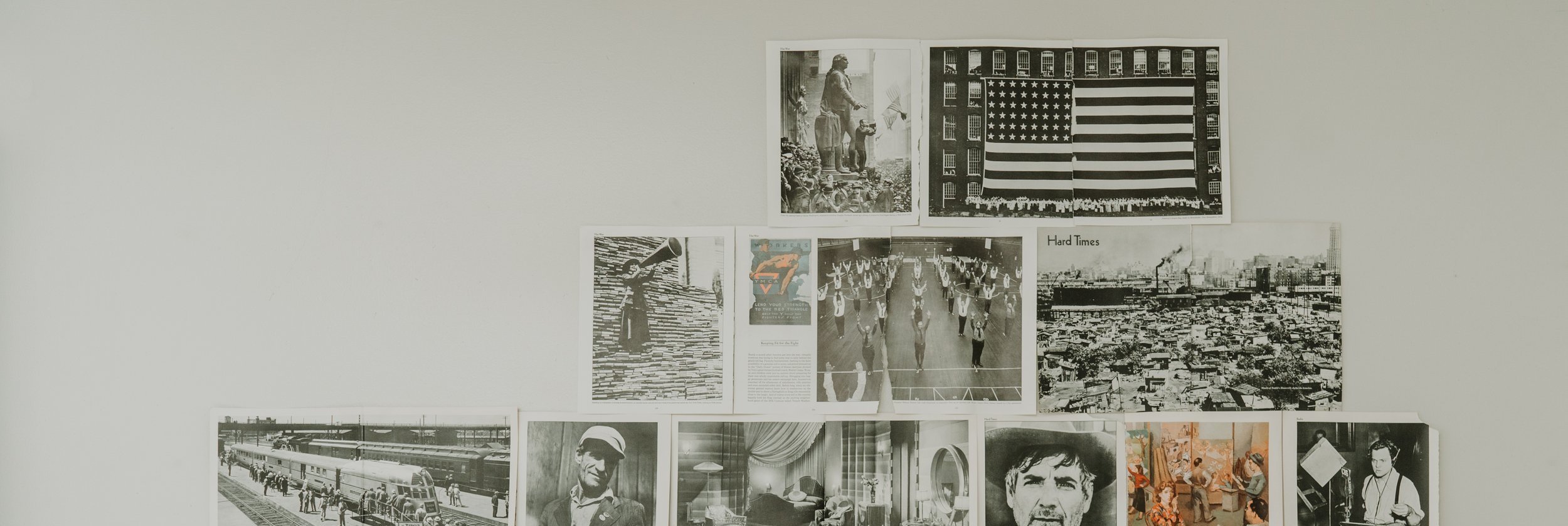SERVICES
Archival Policies & Procedures
Backlog can create policies and procedures to standardize volunteer work and elevate your team to a professional level.
Imagine you’ve just welcomed a new volunteer to your organization or institution–an historical society or a school, a small business or a nonprofit. They’re eager to get started on a project, but before they do, you need to give an orientation to the archive.
You’ve been working there for years, so you’re intimately familiar with how everything works–existing collections, what to do if someone makes a donation, who tends to use the archive, why, and when–it’s all there, in your mind. But your volunteer is new to this. Plus, you want to make sure everyone in your organization is on the same page about why you do what you do. What’s a good way forward?
Backlog can help you create and communicate archival policies and procedures that are tailored to your organization’s needs. Having policies and procedures in place allows volunteers to excel: they clarify the archive’s purpose, outline concrete steps for tasks, and provide a document to refer to when questions arise. They also ensure that everyone in your organization, whether volunteers, staff, or Board members, is following uniform practices and working from a common understanding of archival operations. Even if your institution cannot afford to have a professional archivist on staff, you can have professional policies and procedures.

What are archival policies and procedures, and why are they important?
While organizations have distinct missions and goals, most archives share a need for certain policies and procedures. Research Guidelines might seem excessive, but having them helps protect your collection. Accession and Deaccession Policies provide guidance on which materials align with your archive’s Collection Development Policy, and which don’t, helping you weed materials and making more room for your archive to grow in ways that are consistent with its mission. Loan Agreements ensure you’re keeping track of any material you lend to external groups, including who is responsible for the items, where they’re located, and how long they’ll be on loan. And Deeds of Gift provide a record of donations, documenting the donor, date, and item(s); conditions, such as access and use restrictions; and the transfer of copyright. These are just a few examples. Other common policies and procedures include Donation Logs, Collection Use Logs, Permission to Publish, and Processing Manuals.
How can Backlog help?
Backlog can write policies and procedures for your organization with both your existing practices and future goals in mind. We listen to and learn from you as we work together to develop policies and procedures tailored to your specific needs. We do this by:
Writing guidelines in clear, accessible language for volunteers and staff alike
Accounting for your building structure and archival space, the level of security your collection(s) has, your available budget, and the supplies you have access to
Learning about the number of volunteers, staff, and Board members you have, how often they’re present, and what their day-to-day roles are–or what you envision them to be
Understanding the size and scope of your collection(s), your existing processes for adding or removing items, and how your materials are currently arranged and described
CASE STUDY
Archival Policies & Procedures at Carondolet Historical Society
Backlog worked with the Carondelet Historical Society (CHS) in St. Louis, Missouri, to write archival policies and procedures tailored to their specific needs and goals.

Let’s work together.
Reach out for more information.

